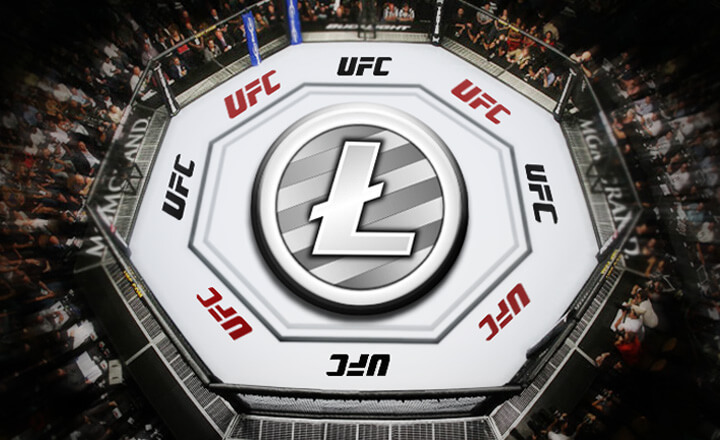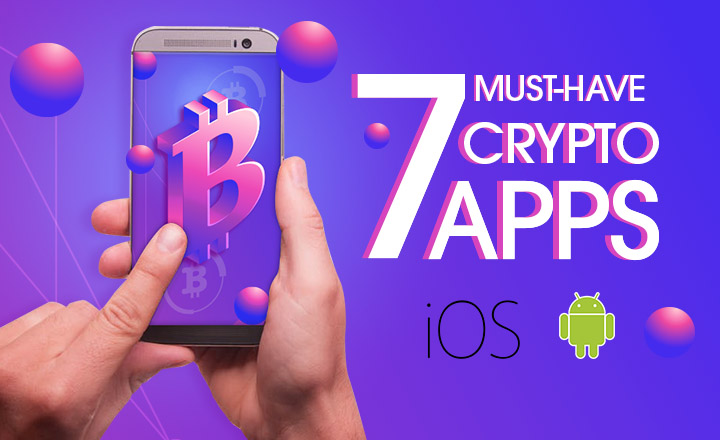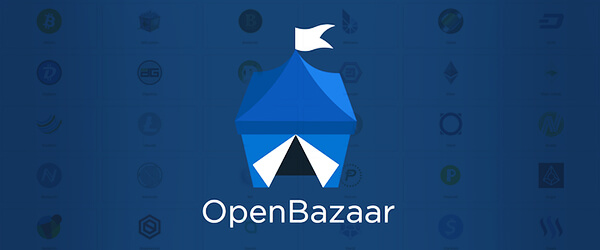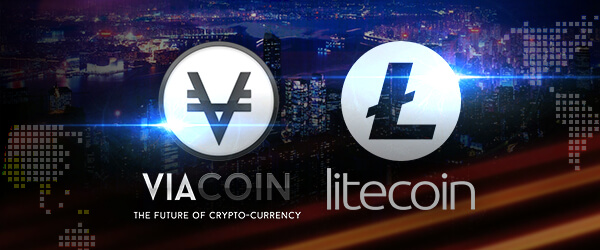What is Litecoin?

Litecoin is a peer-to-peer Internet currency that enables instant payments to anyone in the world. It is based on the Bitcoin protocol but differs from Bitcoin in that it can be efficiently mined with consumer-grade hardware. Litecoin provides faster transaction confirmations (2.5 minutes on average) and uses a memory-hard, scrypt-based mining proof-of-work algorithm to target the regular computers and GPUs most people already have. The Litecoin network is scheduled to produce 84 million currency units.
One of the aims of Litecoin was to provide a mining algorithm that could run at the same time, on the same hardware used to mine bitcoins. With the rise of specialized ASICs for Bitcoin, Litecoin continues to satisfy these goals. It is unlikely for ASIC mining to be developed for Litecoin until the currency is widely used.
Differences from Bitcoin
Litecoin offers three key differences from Bitcoin, which its developers hope will make it better than Bitcoin.
- The Litecoin network aims to process a block every 2.5 minutes, rather than Bitcoin’s 10 minutes, which its developers claim allows for faster transaction confirmation. – the drawbacks of faster block times are increased blockchain size, and an increase in the number of orphaned blocks. Advantages include greater resistance to a double spending attack over the same period as Bitcoin, if both networks had the same computing power.
- Litecoin uses scrypt in its proof-of-work algorithm: a sequential memory-hard function first conceived by Colin Percival.
- The Litecoin network will produce 84 million litecoins, or four times as many currency units as will be issued by the Bitcoin network.
The original intended purpose of using scrypt was to allow miners to mine both Bitcoin and Litecoin at the same time. The choice to use scrypt was also partially to avoid giving advantage to video card (GPU), FPGA and ASIC miners over CPU miners. While CPU mining is no longer “profitable,” lone CPU miners are still able to contribute to the network and acquire coins when pool mining–the same is no longer possible in the Bitcoin network. Mining litecoin with a CPU is approximately 1000 times slower than mining bitcoin with the same video card.
Due to Litecoin’s use of the scrypt algorithm, FPGA and ASIC devices made for mining Litecoin are more complicated to create and more expensive to produce than they are for Bitcoin, which uses SHA-256.
Free and Open Source
Litecoin is a free software project released under the MIT/X11 license which gives you the power to run, modify, and copy the software and to distribute, at your option, modified copies of the software. The software is released in a transparent process that allows for independent verification of binaries and their corresponding source code.
Mining Reward
Miners are currently awarded with 50 new litecoins per block, an amount which gets halved roughly every 4 years (every 840,000 blocks).
The Litecoin network is therefore scheduled to produce 84 million litecoins, which is 4 times as many currency units as Bitcoin.











